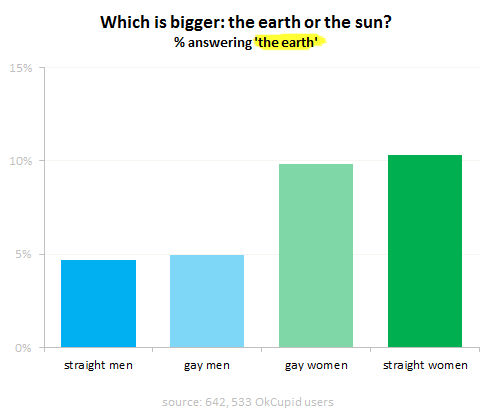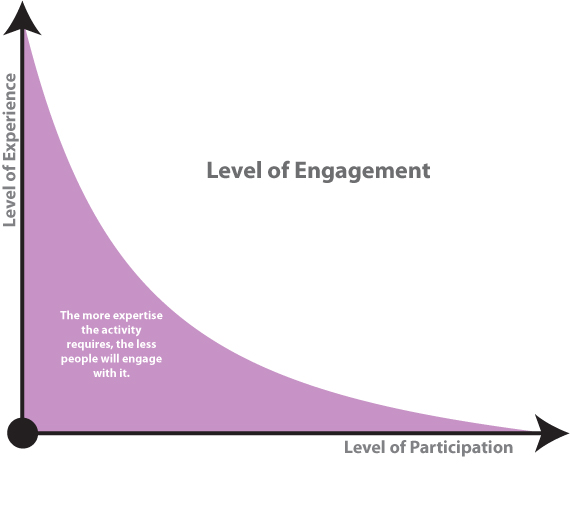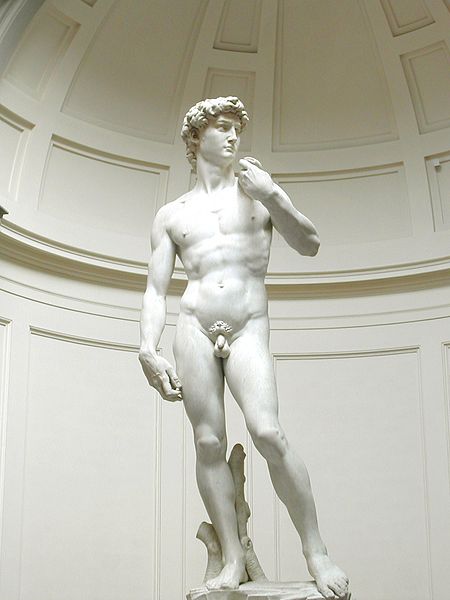Johnathan, F . (2010). “Using computers to teach children with no teachers” BBC News. Retrieved on 21 July, 2010: http://www.bbc.co.uk/news/technology-10663353?print=true Summary of the article: The article summarizes studies conducted by Prof Mitra on the learning curve of children using computers for education with teachers. Results of the study prove that the teaching methods employed have been quite successful based on the fact that: Children who are not exposed to computers are highly motivated to teach themselves skills they want to learn Children have had a steep learning curve in picking up complex tasks with minimum supervision Learning by discussion and in groups ensures that content is retained and not skimmed through by children. Motivation levels of students are kept high with a grandmother figure in the picture. The best results of the study have been combined to create Self Learning Environments where children in groups of 4 share a computer to assimilate information. Virtually present volunteer grandmothers keep the student motivated and support the learning process. On Environment: The need for self-organized learning essentially arises in developing nations and the ones who do not have access to education. Children living in such conditions have a natural survival instinct, which keeps…
Background Knowledge
Attention, Attention Controls Errors, Background Knowledge, Perception, Perceptual Blindness, Perceptual Focus Errors, Pipsqueak Articles
Perceptual Illusions
by Olga Werby •
Our minds play tricks on us all the time. Once the information has entered our cognition via our senses, it still has to get processed to be understood. Like any other data, it’s all about context. For interesting examples of optical illusions, please visit http://www.lottolab.org/articles/illusionsoflight.asp. R. Beau Lotto has put together a few interesting examples of mis-processing! Or watch him deliver a talk at TED.
Anchoring Errors, Background Knowledge, Background Knowledge Errors, Causal Net Problems, Diagnostic Errors, Featured, Mental Model Traps, Metaphor Mistakes, Misapplication of Problem Solving Strategies, Pipsqueak Articles, Product Design Strategy, Scaffolding
What is a p-prim?
by Olga Werby •

I’ve been using the p-prim ever since I’ve learned of them, back in my graduate school days at UC Berkeley. P-prims stand for phenomenological primitives and were “invented” by Andrea diSeesa, a UC Berkeley professor in the School of Education who also happens to be a physicist (diSessa, 1983). Visit his Wikipedia page and check out some of the cool projects he’s working at now. Before I give a definition of a p-prim, I think it would be good to give a few examples. Here’s a graph published by OkTrends on beliefs of various groups (in this case as defined by their sexual orientation) about the relative size of our sun versus the Earth (our planet). Even disregarding the differences in percentages due to sexual preference, an awesome 5 % to 10 % of our population believes that the planet we live on is larger than the star it orbits. Would this qualify as a p-prim? Yes: it’s not a formally learned concept; it describes a phenomenon; it’s a bit of knowledge based on personal observations: the sun looks like a small round disk in the sky; it’s a useful problem-solving tool when one has to draw a picture with…
Background Knowledge, Background Knowledge Errors, Mental Model Traps, Misapplication of Problem Solving Strategies, Pipsqueak Articles
Grabbity and Other Folksy Wisdom
by Olga Werby •

We spend our lives engaged in problem solving: When should I leave the house to get to work on time? What can I make for dinner given the stuff in my refrigerator? How much work do I need to get done today in order to leave a bit earlier tomorrow? What’s the best driving route given the traffic report coming over the car radio? Can I make the this green light? Can I talk my way out of a traffic ticket? What’s the maximum amount I can pack into my trunk after a COSTCO run? How can I get that stain off the carpet? Is this blog good-enough to post? Looking over this sample list of problems, it’s easy to see that some have to do with temporal and spatial processing (e.g. packing the trunk, picking the best route, judging speed, making schedules), some with background knowledge manipulation (e.g. coming up with a recipe given a list of ingredients, looking up cleaning strategies), some with social processing (e.g. ability to analyze social situations and make correct predictions of possible outcomes—”I will get that ticket, if I run that red light.”), and some with metacognitive tasks (e.g. judging quality, comparing standards…
Background Knowledge, Background Knowledge Errors, Cognitive Blindness, Pipsqueak Articles, Product Design Strategy, ZPD
Science vs. Media: Degree of Public Involvement
by Olga Werby •

Recently, there has been an explosion of public discourse (fueled by the media) on whether we should do away with tenure in our institutions of higher learning. The basic argument boils down to “tenured teachers can do as they please due to job security and education suffers as the result.” Tenured professors, we are told, focus on research and publishing incomprehensible articles aimed at a few individuals in the world who could even understand them. What’s the use in that, people ask? My son/daughter/neighbor’s kid are being taught by a TA (with poor language skills) while we pay thousands of dollars for the privilege of these children attending universities with all those lazy good-for-nothing tenured professors! You might say that my summary of this world-view is extreme and simplifies the ideas to their comic representation. But that’s the point: the articles (and the readers’ comments they inspire) are written to get an emotional response. The issues of tenure, of the research that these tenured professors are engaged in and the articles they publish, and of teaching styles are complex. To evaluate the contribution of a scientist to his field, one needs to have a certain amount of expertise in that…
Background Knowledge, Conceptual Design, Pipsqueak Articles, Product Design Strategy
Great Design = Technique + Ideation
by Olga Werby •

How do we get great design? Most of us can recognize it, but creating it is another matter. I spend a lot of time thinking about product design: How can Apple come up with product after product that’s beloved by their users? Why does Microsoft have difficulty achieving the same? I think the key is in combination of two necessary components of greatness: mastery of technique and richness of ideation. Let me explain. Consider art. What makes Picasso great? During his lifetime, the man was incredibly prolific. He worked in many different mediums from paint, to metal, to charcoal. He excelled at Analytical Cubism, easily surpassing Braques in both quantity and quality of work. Picasso borrowed from African art and from impressionists. He followed Matisse until Matisse’s students started to follow him. Picasso dived into an art form and explored with fury until he transformed it into something his own. He borrowed from everyone and bent it and molded it into a unique creation. Picasso was rich in ideation. But ideation is not enough. What good is an idea when it lacks execution? Picasso was an art prodigy. He was able to draw amazingly mature life drawings at age fifteen that most…
Background Knowledge, Background Knowledge Errors, Pipsqueak Articles
Categorization & Context
by Olga Werby •

What is art? Do the objects in the images above form a category of “sculpture”? In Kindergarten, young students are taught a game: every kid brings an object to class; each student is asked to create two piles—the “in” group and “out” group—based on his/her own imagined set of rules; the other children guess the rules that make the category. It’s a great game. A collection of 20 objects can be sorted a staggeringly large number of ways: by color, by size, by use, by ownership, by gender, by taste, by feel, by name, by materials used in manufacturing, by the degree of fun, by shape, by temperature, by degree of reflectiveness or transparency, by the feelings they inspire, by history, by age, by weight, by dimensions, by utility, by the maker, by origin, or any other trait or combination of traits. This is a task that’s truly shaped by imagination. Categorization is a work of creativity. Guessing the rules of categorization is deductive reasoning at its best—scientists, detectives, and doctors do it everyday. But unlike the Kindergarten game, there’s usually no one to tell when the guess is wrong. How we perceive a group of objects depends on the…
